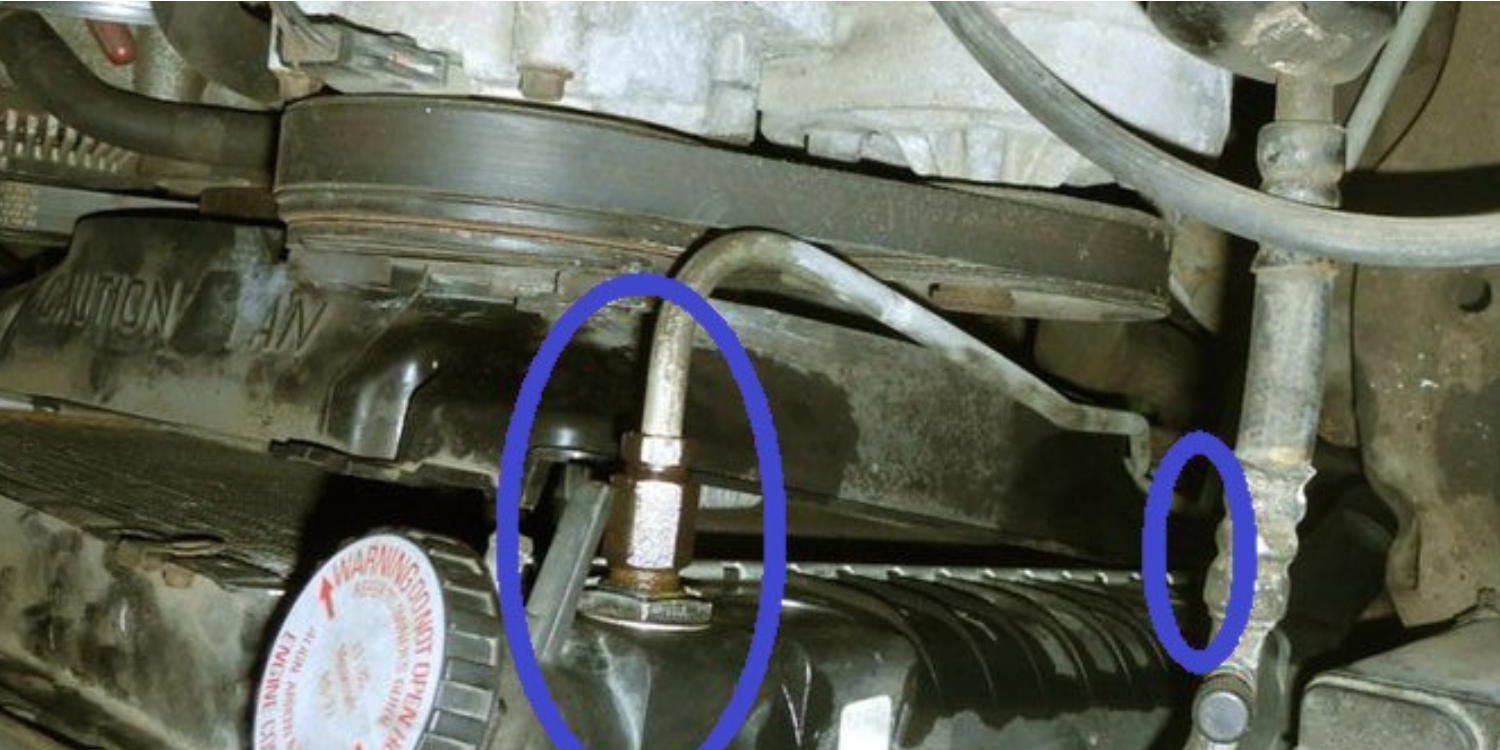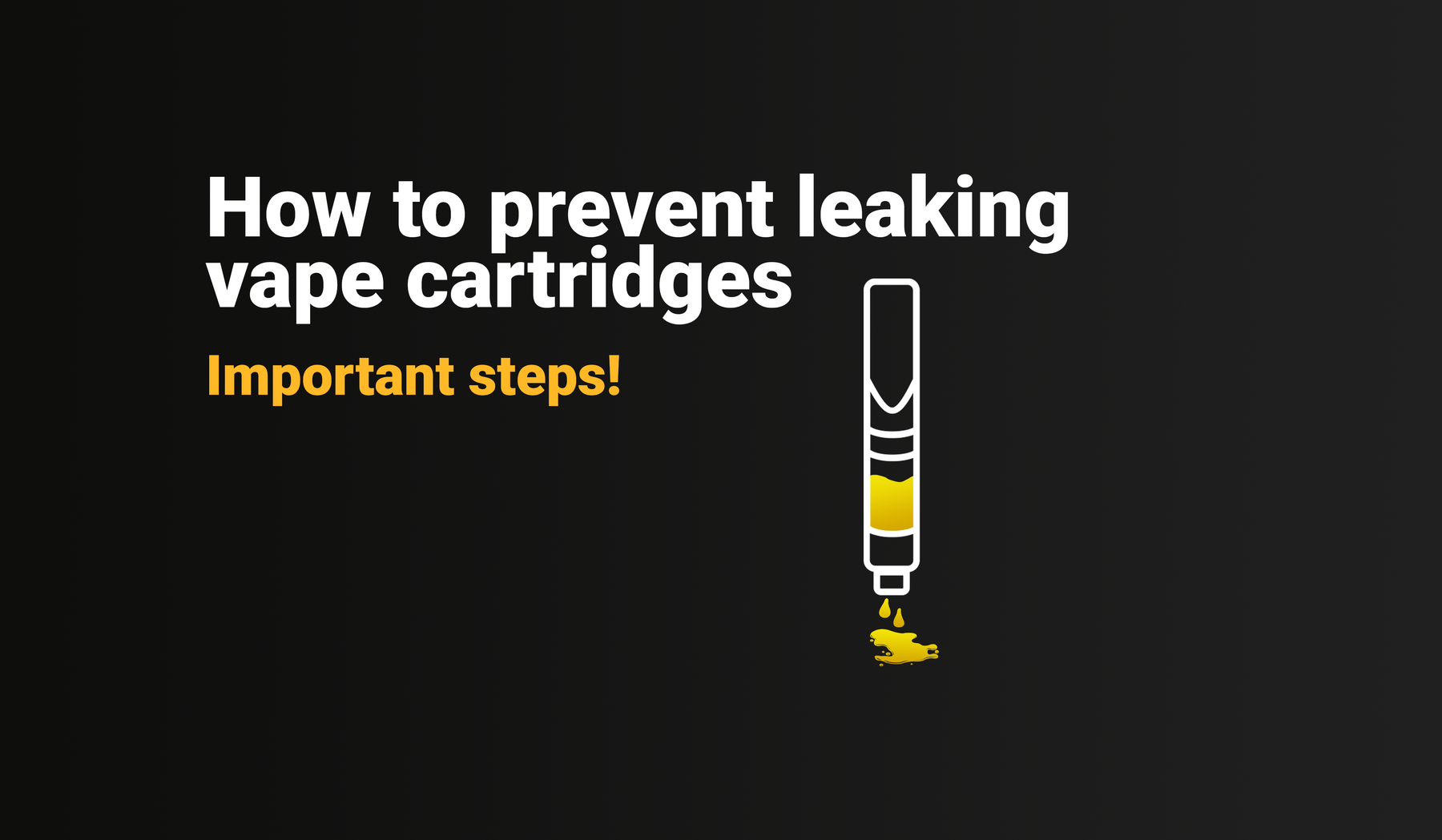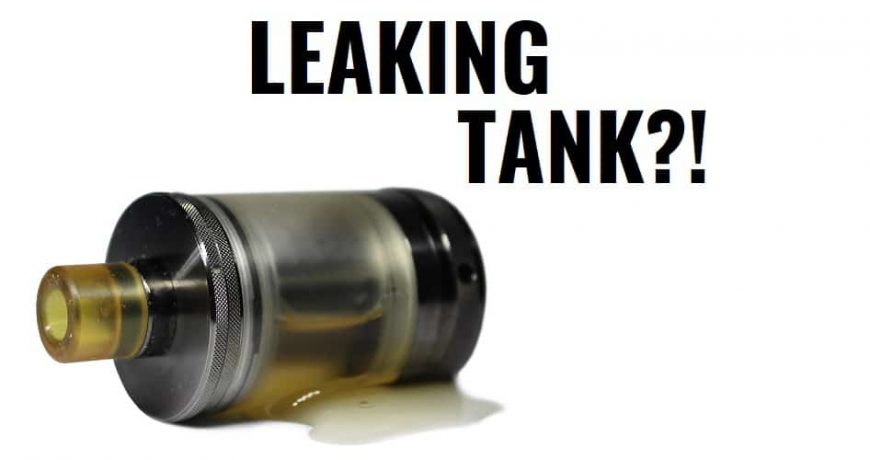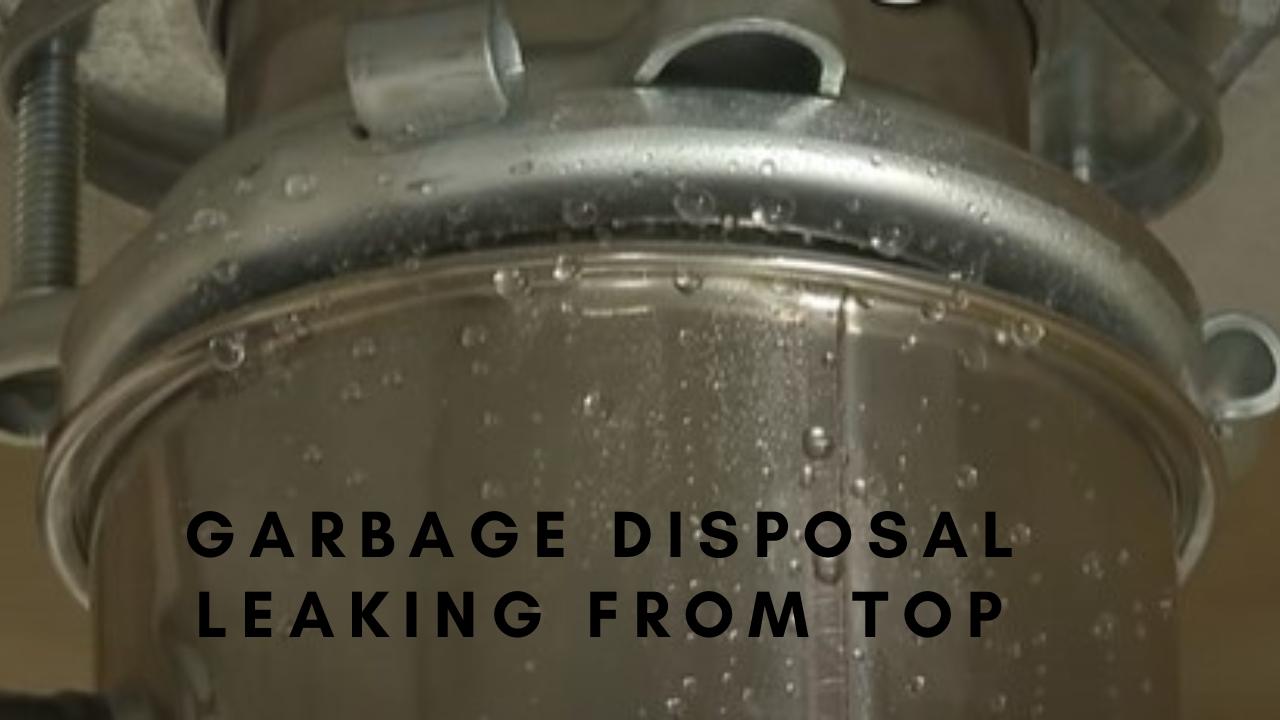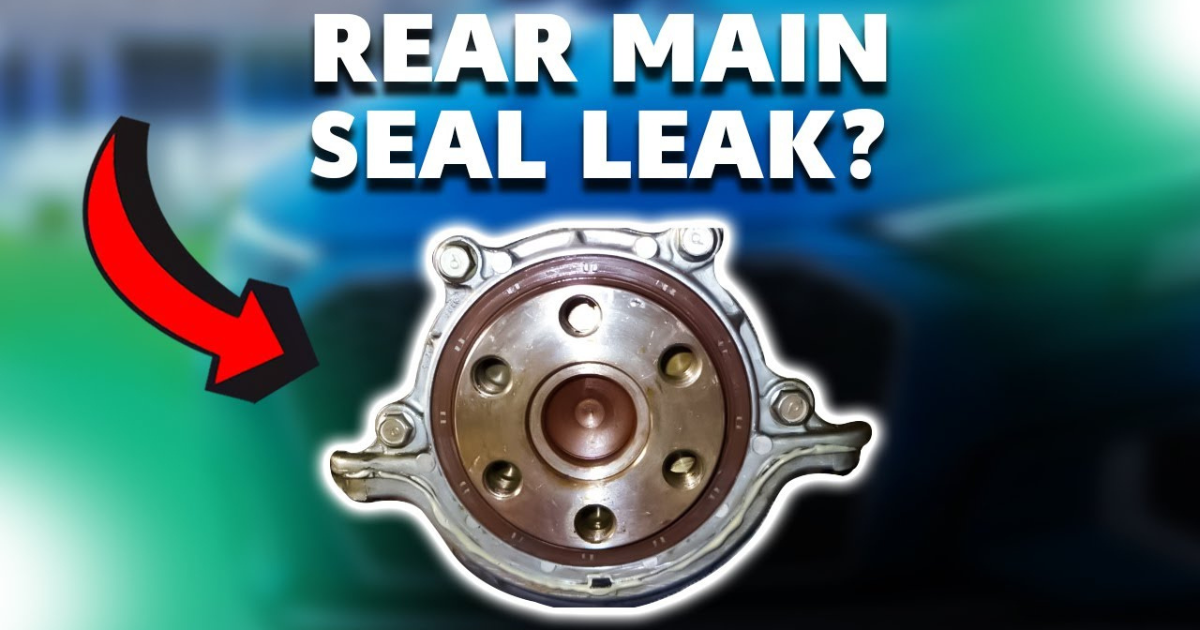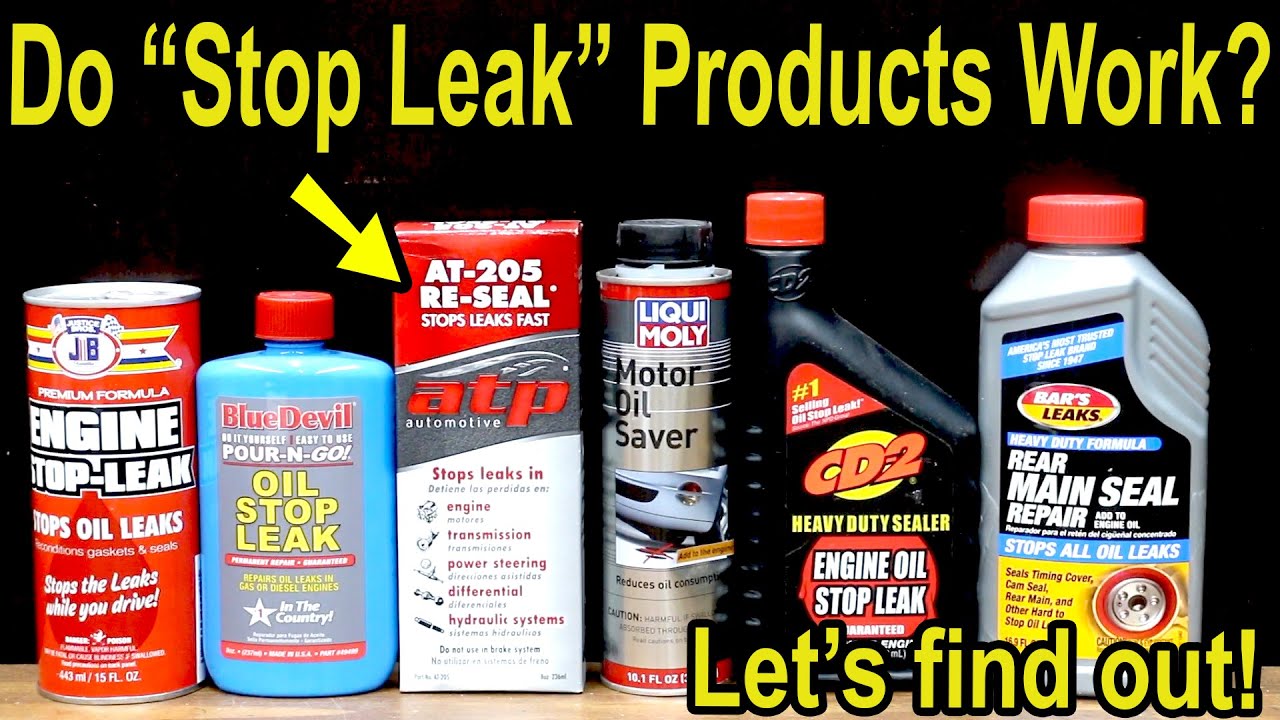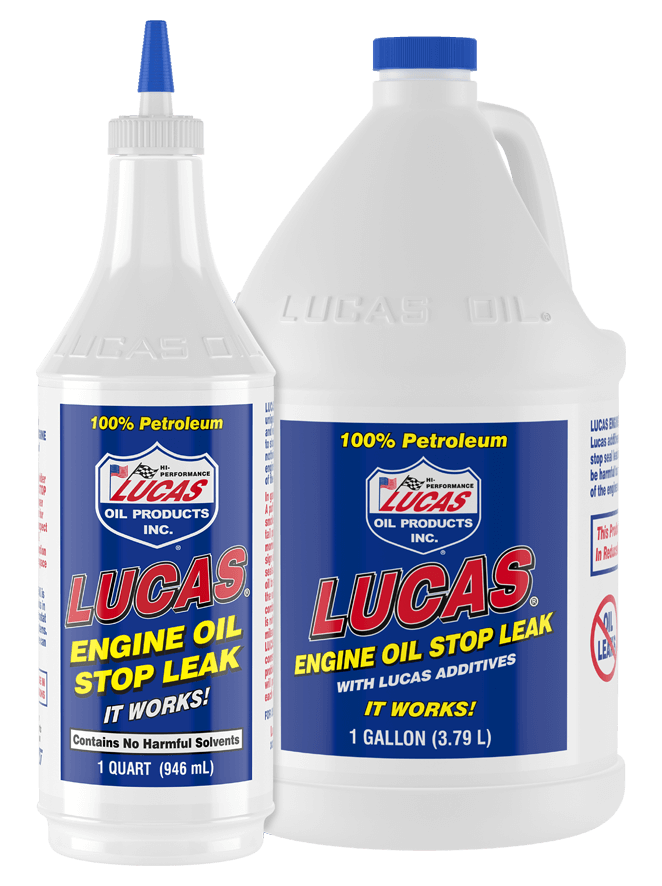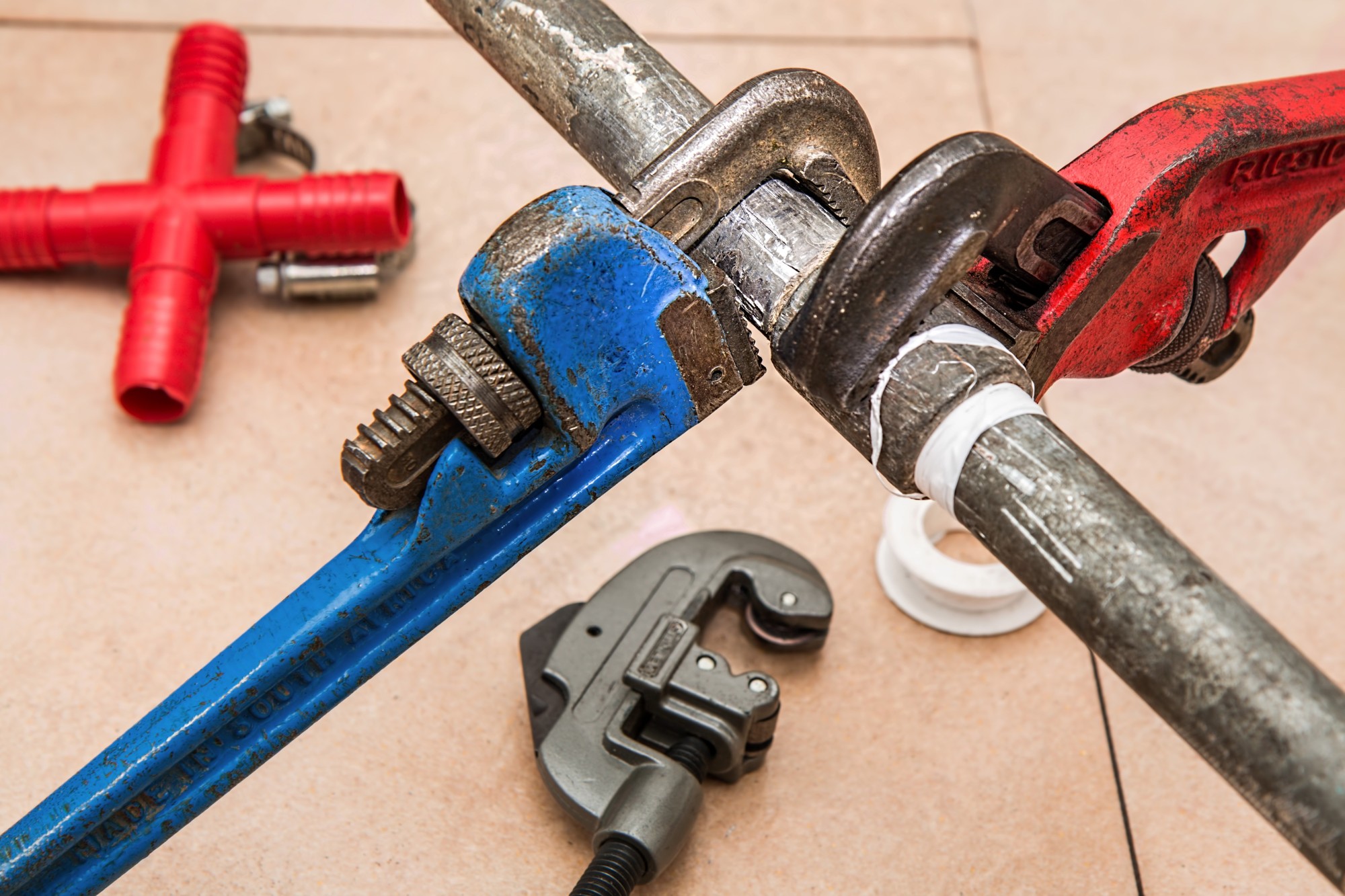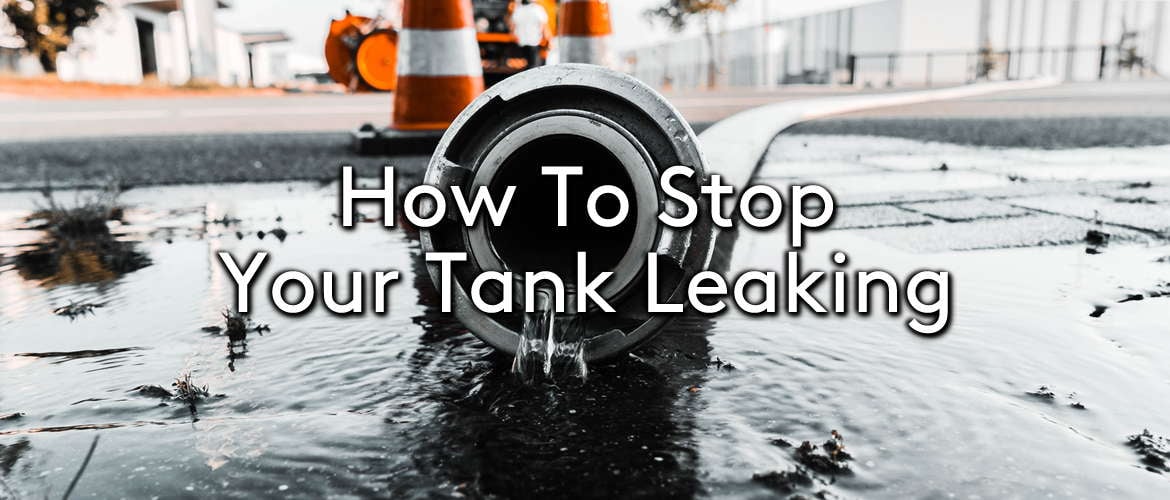How To Stop Carts From Leaking

A subtle, yet pervasive problem is plaguing the vaping community: leaking cartridges. These leaks, ranging from minor annoyances to messy disasters, cost consumers money and can even pose potential health risks. Understanding the causes and implementing preventative measures is crucial for both users and manufacturers.
This article delves into the science behind cartridge leaks, offering a comprehensive guide to prevention. We'll explore proper storage, usage techniques, and even suggest how to identify quality cartridges to minimize future issues. By understanding these factors, both consumers and manufacturers can work to mitigate the frustration and waste caused by leaking cartridges.
Understanding the Causes of Cartridge Leaks
Leaking cartridges are a common complaint, and the reasons are often multifaceted. Temperature fluctuations, improper storage, and even inhalation techniques can all contribute. Understanding these factors is the first step in preventing future leaks.
One primary culprit is viscosity change due to temperature. When temperatures rise, the oil thins, making it more prone to escaping through seals or atomization ports. Conversely, cold temperatures can thicken the oil, leading to clogs and subsequent pressure build-up, ultimately causing leaks.
Air pressure also plays a role. Changes in altitude, like traveling in an airplane, can create pressure differentials inside the cartridge. This pressure can force oil out through any available opening.
Proper Storage Techniques
Storage is paramount in preventing leaks. Consistent temperature and proper positioning can significantly reduce the likelihood of a messy situation. Maintaining a stable environment is key.
Ideally, cartridges should be stored upright in a cool, dark place. This minimizes the risk of oil pooling around the mouthpiece or leaking through the bottom connector. Avoid direct sunlight and extreme temperatures.
Consider using a dedicated storage container that maintains a consistent temperature. Some users even recommend storing cartridges in a refrigerator (though not the freezer) to further stabilize the oil's viscosity. This is especially helpful in warmer climates.
Usage and Inhalation Techniques
How you use your vape pen can significantly impact whether or not it leaks. Aggressive inhalation, over-priming, and improper cleaning can all contribute. Practicing mindful vaping is crucial.
Avoid taking excessively hard or long draws. This can flood the atomizer and force excess oil into the airway, leading to leaks. Short, gentle puffs are generally recommended.
Prime your cartridge properly before each use. A few short, gentle puffs without activating the battery can help saturate the wick and prevent dry hits. Avoid over-priming, which can also lead to leaks.
Regularly clean the mouthpiece and connector. Buildup of residue can obstruct airflow and create pressure, increasing the risk of leaks. Use a cotton swab dipped in isopropyl alcohol for cleaning.
Identifying Quality Cartridges
Not all cartridges are created equal. Choosing high-quality cartridges from reputable manufacturers is essential for minimizing the risk of leaks. Look for specific features and certifications.
Look for cartridges with leak-resistant designs, such as reinforced seals and optimized airflow pathways. Some manufacturers even incorporate anti-leak technology into their cartridges. Do your research and read reviews.
Consider cartridges with ceramic heating elements. Ceramic generally provides more consistent heating and reduces the likelihood of oil burning, which can contribute to leaks. However, remember that all cartridges can leak if not stored and used properly.
Check for certifications and compliance with industry standards. This indicates that the manufacturer adheres to certain quality control measures. Look for statements on packaging and company websites.
Addressing Leaks When They Occur
Despite best efforts, leaks can still happen. Knowing how to address them quickly and effectively can prevent further damage and waste. Acting promptly is key.
If you notice a leak, immediately detach the cartridge from the battery. This prevents further oil from flowing into the device and potentially damaging it. Clean the battery connector thoroughly.
Use a paper towel or cotton swab to carefully clean the exterior of the cartridge. Avoid disassembling the cartridge, as this can damage it further and void any warranty.
If the leak is minor, try storing the cartridge upright for a period of time to allow the oil to settle. In some cases, this can resolve the issue.
Manufacturer Responsibility and Future Innovations
Manufacturers play a crucial role in preventing leaks. Investing in better designs, quality control, and consumer education is paramount. Improving cartridge technology is ongoing.
Manufacturers should prioritize leak-resistant designs and rigorous testing. Implementing stricter quality control measures throughout the production process can significantly reduce the incidence of leaks. Transparency regarding materials and manufacturing processes builds trust with consumers.
Research and development into new materials and technologies are essential. Exploring advanced sealing techniques, improved airflow designs, and innovative heating elements can lead to more reliable and leak-proof cartridges.
Consumer education is also vital. Providing clear instructions on proper storage, usage, and troubleshooting can empower users to prevent leaks and maximize the lifespan of their cartridges. Clear labeling and instructional materials are crucial.
The vaping industry is constantly evolving. As technology advances, we can expect to see even more innovative solutions to the problem of leaking cartridges. Stricter regulations and industry standards could also play a significant role in improving product quality and safety. Addressing the issue requires collaborative effort between manufacturers, consumers, and regulatory bodies.

